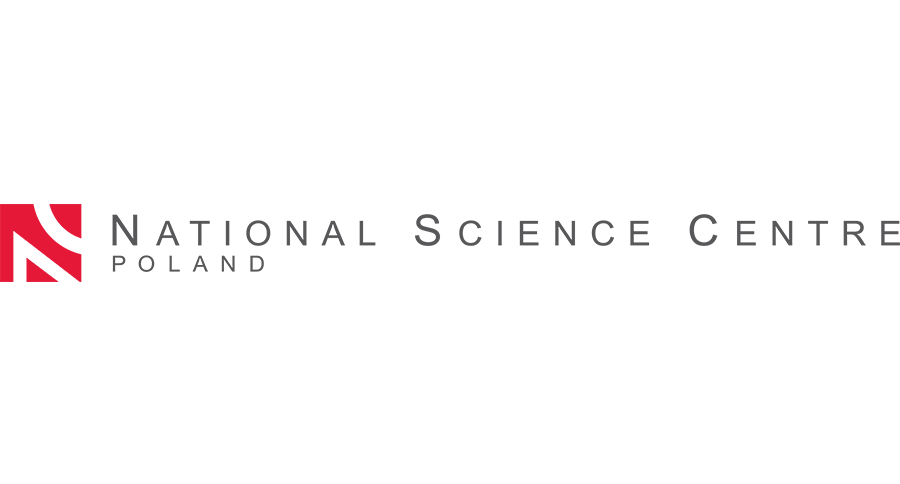PhD student, Bartłomiej Tomasik MD carries out the project financed by Preludium grant.
Head and neck squamous cell carcinomas (HNSCCs) account for about 6 % of cancers in humans and are the cause of 5% of cancer deaths. Despite the reduction of total HNSCC incidence, one of its subtype, the oropharyngeal squamous cell carcinoma (OPSCC) is becoming more and more common. This phenomenon is explained by the fact that a significant proportion of OPSCC is caused by acquired HPV-16 infection, which is responsible for the development of many cancers, among others, oropharyngeal cancer. The large epidemiological studies suggest that this is just the beginning of more profound process and in the next few years we will observe rapid increase in OPSCC incidence. Despite relatively good prognosis, some studies found that OPSCC is related to a large proportion of high-grade toxicity during radiotherapy treatment (RT). The radiotherapy is one of the fundamental types of cancer treatments, its exposure is bloodless, however requires many repetitions. With subsequent doses of radiation its effects on the body, in addition to killing cancer cells and decreasing tumor mass, can result in radiation-induced reactions that affect surrounding healthy tissue. Some organs and tissues, such as mucous membranes, are particularly sensitive to radiation, moreover, there are some factors that may modulate this sensitivity. In the case of oropharyngeal cancer it is particularly vital issue because severe early radiation-induced toxicity can lead to temporary or even definitive discontinuation of the therapy. This phenomenon is highly disadvantageous because any break in irradiation allows cancer cells “get a break”, which reduces our chances of complete cure of cancer. The aim of our study is the best possible understanding of the response of healthy tissue to radiation and, inevitably connected with that response, radiation-induced toxicity. We intend to establish a specific biological marker that reflects changes in the cells and enables an assessment of the risk of radiotherapy complications.
Recently discovered, tiny particles of microRNAs play a crucial role in the regulation of gene expression – they act as a brake which reduces the amount of proteins encoded by the genes. Due to their physical stability, with simultaneous sensitivity for changes in the human body, microRNAs appear to be ideal biomarkers. In addition, those particles circulates in our blood, so they are easily accessible from venous blood, which means we just have to collect small blood sample. In the first part of the study we aim to determine microRNA profile which is specific for people who had treatment-related complications and for those who did not experience early toxicity.
MicroRNA profiling will be carried out with the use of modern technology, which enables the assessment of all microRNA molecules that circulate in the human blood. MicroRNAs with the most diverse expression levels will be analyzed in the next stage of the research, which will test their usefulness in monitoring the course of radiation therapy and the development of complications, this time on a larger group of patients.
The project is carried out in 4 oncological treatment centers, which are located in Łódź, Gliwice, Kielce and Radom. We do believe that newly discovered profile of microRNAs that circulates in our blood, could, serve as a tool for the evaluation of the treatment process. In the future, the level of specific microRNAs might help the doctor decide to adjust the dose or an area that is irradiated.


